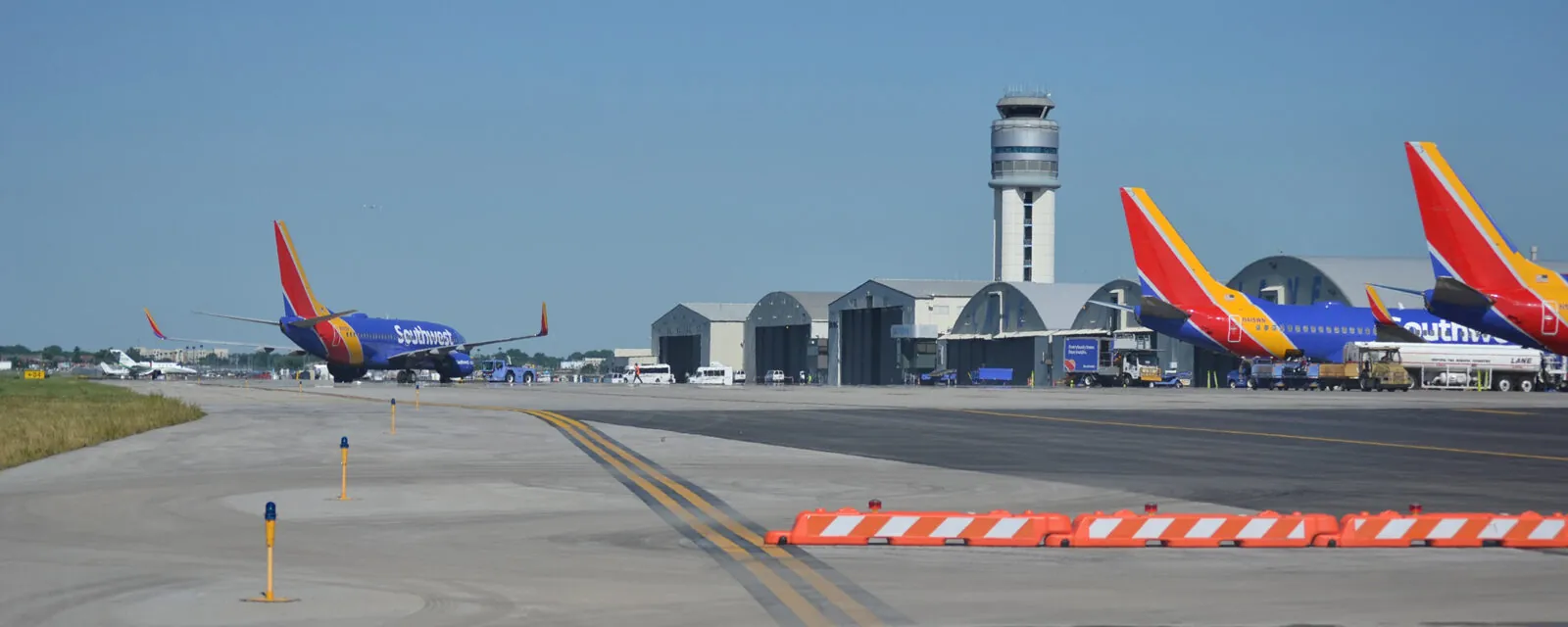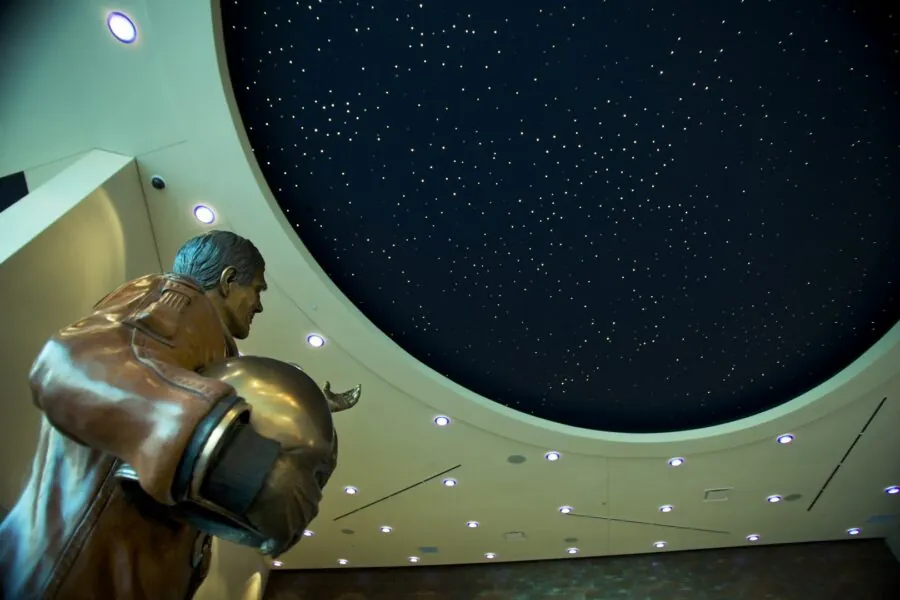
John Glenn Columbus International Airport (CMH) welcomes tens of thousands of passengers each month and serves as a vital economic engine and primary airport for 33 counties in Ohio. As the prime consultant for the Terminal Apron Asphalt and Taxiway E Rehabilitation project, RS&H provided planning, design, and construction administration services to extend the life of the pavements adjacent to the existing terminal gate and rehabilitate the parallel Taxiway E.
At the gate
Working adjacent to an active passenger terminal, the project impacted every existing gate position during its two-year construction window. The RS&H team worked diligently to review all pavement areas to create custom rehabilitation approaches for each gate impact to address the pavement issues and minimize closure time. The project design included coordination with Airport and airline representatives for each closure to ensure that all stakeholders were educated on the impacts of each portion of work. Achieving buy-in from project stakeholders allowed for the Airport’s continuous operations throughout the duration of construction.
Phasing flexibility
This was a multi-year, wide-reaching project and required multiple phases and stakeholder meetings. Flexibility during construction through continuous communication was critical in adjusting expectations on which areas would be affected. Initial issues with service vehicle access and clarity of haul routes were remedied with additional signage and ultimately, stakeholder input improved the phasing order and allowed for efficiencies in time and minimized temporary conditions.

Ready to bid
The design of the project was completed in a single-year effort for the overall two-year construction program to capitalize on available funding. The team focused on having the project ready to bid early in the season to take advantage of contractor availability. Pavement design, aircraft movement protection, tenant coordination, electrical, grading, and drainage improvements were featured as project elements to improve the project value and ensure current and future aircraft operations were accommodated.
Finishing touch
At the project completion, a GIS-compatible model was provided to the client for submission to the FAA AGIS database which houses airport information about the various project elements. During the project specific 2D and 3D models were created to ensure aircraft compatibility with existing and proposed passenger boarding bridges.



